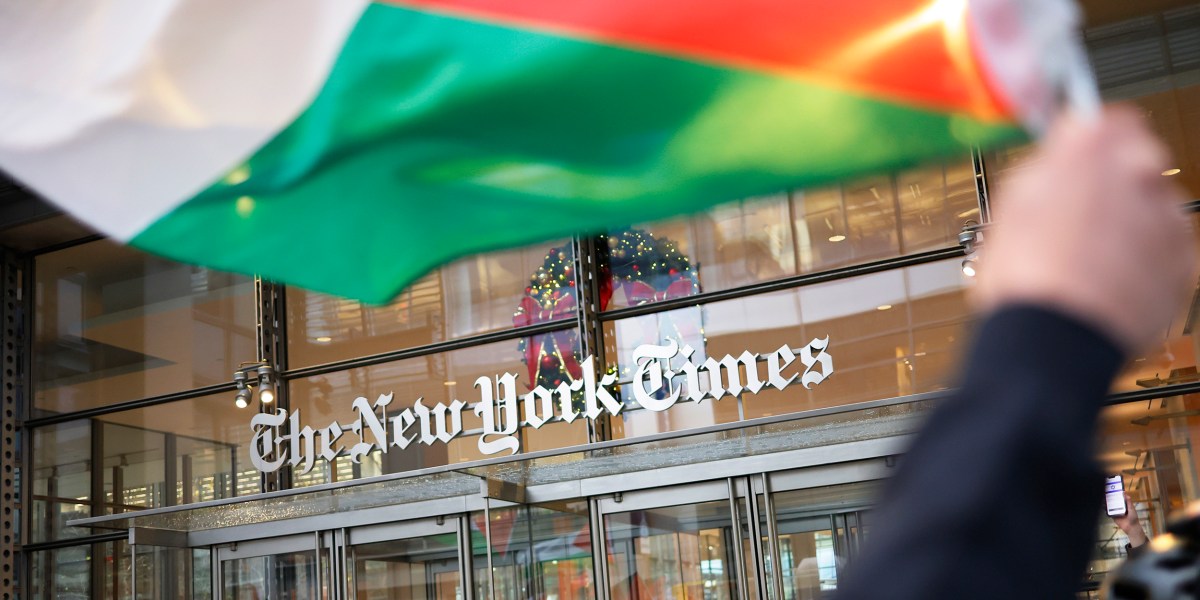The New York Times, Washington Post, and Los Angeles Times’s coverage of Israel’s war on Gaza showed a consistent bias against Palestinians, according to an Intercept analysis of major media coverage.
The print media outlets, which play an influential role in shaping U.S. views of the Israeli–Palestinian conflict, paid little attention to the unprecedented impact of Israel’s siege and bombing campaign on both children and journalists in the Gaza Strip.
Major U.S. newspapers disproportionately emphasized Israeli deaths in the conflict; used emotive language to describe the killings of Israelis, but not Palestinians; and offered lopsided coverage of antisemitic acts in the U.S., while largely ignoring anti-Muslim racism in the wake of October 7. Pro-Palestinian activists have accused major publications of pro-Israel bias, with the New York Times seeing protests Opens in a new tabat its headquarters in Manhattan for its coverage of Gaza –– an accusation supported by our analysis.



I’m unsure what your point is.
This is only in the first six weeks, current bias against Palestinians is even higher.
The Intercept doesn’t report on the deaths. It’s not a classic “news” site in the way these papers are. They mainly break scandals and leaks such as CNN and the IDF Censor .
The Intercept is measuring “bias” by comparing the ratio of Palestinians/Israeli deaths to the ratio of using the words “Palestinian” and “Israeli” in the media.
Which means according to the Intercept, if CNN writes “There have been 20000 Palestinian deaths and 1000 Israeli deaths” then this is another example of bias, because CNN only used “Palestinian” once in that sentence. Which is nonsense.
deleted by creator